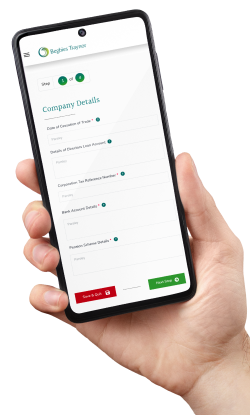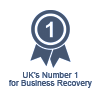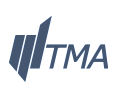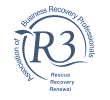Individuals and businesses owed money by a company are known as creditors. As part of an insolvent liquidation process, the assets belonging to the insolvent company will be sold with the proceeds generated being used to repay outstanding creditors as far as possible.
As lack of cash is a fundamental element of a company having to enter into insolvent liquidation proceedings, unfortunately this can mean that some creditors won’t receive any of their money back even when all the company’s assets have been sold.
In an insolvent liquidation, creditors are grouped into 'classes' which determine their position in the payment ‘hierarchy.’ This is a statutory order of priority set out in the Insolvency Act, 1986, and the liquidator is obliged to make repayments in this order.
So what are the different classes of creditor, and which group is paid first in an insolvent liquidation process?
Concerned about the National Insurance increase?
For the 2024-25 tax year, the rate of employer National Insurance increases from 13.8% to 15% adding yet more pressure onto already squeezed cash flows. If you are worried about the impact this could have on your company’s finances, talk to the experts at UK Liquidators. As licensed insolvency practitioners we can explain your options and help you plot a way forward. Call today on 0800 063 9262.
Initially, the fees of the liquidation process owed to the insolvency practitioner must be paid. There are then three broad creditor groups:
Each group must be paid in full before the liquidator can start to repay the next.
These are generally banks and other asset based lenders that hold a fixed charge over a specific company asset – this could be a vehicle, property, or land. The lender is entitled to recover possession of the asset on the company's entry into liquidation. Fixed charges must be registered with Companies House.
Liquidation Portal
For Company Directors

Preferential creditors include employees with outstanding wages and holiday pay. Some employee payments in liquidation aren’t regarded as preferential, including notice pay and redundancy claims - claims for these payments are regarded as unsecured.
HMRC are classed as secondary preferential creditors for some tax debts including VAT, PAYE, and NICs.
Creditors holding a floating charge over company assets are next in line. Floating charges are held over an asset class which is liable to change in value and quantity as the company does business. Floating charges could include stock, work in progress, and raw materials. Floating charges are also registered with Companies House by the lender - when a company enters liquidation the floating charge ‘crystallises’ to become a fixed charge.
A proportion of the proceeds of assets available for floating charge holders is also set aside for unsecured creditors. This is known as the ‘prescribed part’ and is intended to boost the chances of unsecured creditors receiving a return, however small.
Unsecured creditors include suppliers, customers, contractors, and clients of the insolvent company, who must make a claim for repayment of their debt. HMRC are also classed as unsecured creditors for certain debts including Corporation Tax arrears. As we’ve mentioned, it’s common for this group of creditors to receive no dividend at all from the liquidation process as they fall at the end of the payment hierarchy.
Start your online liquidation today
If you have decided liquidation is the right option for your limited company, you can take the first step and begin the process online using our online portal. Starting the process is quick, simple, and can be done at a time that suits you. Your information will be submitted to your local UK Liquidators insolvency practitioner who will be with you every step of the way. Click here to start your company’s liquidation online.
Sometimes family members, friends, and other individuals with a personal connection to the liquidated company are owed money by the business, but this group are only repaid when other unsecured creditors have been paid in full.
Company shareholders are placed at the bottom of the priority list in liquidation, and do not receive a return in insolvent liquidations.
UK Liquidators can provide more information on the creditor hierarchy in a liquidation process. Please contact one of our licensed insolvency practitioners to find out more – we operate from an extensive network of offices throughout the country and offer free same day consultations.
By completing the test, you will receive:
If you are considering liquidation for your company, taking expert advice at an early stage is crucial. At UK Liquidators, our team of licensed insolvency practitioners are committed to providing limited company directors with the help and advice they need to make an informed decision.




Looking for immediate support?
Complete the below to get in touch